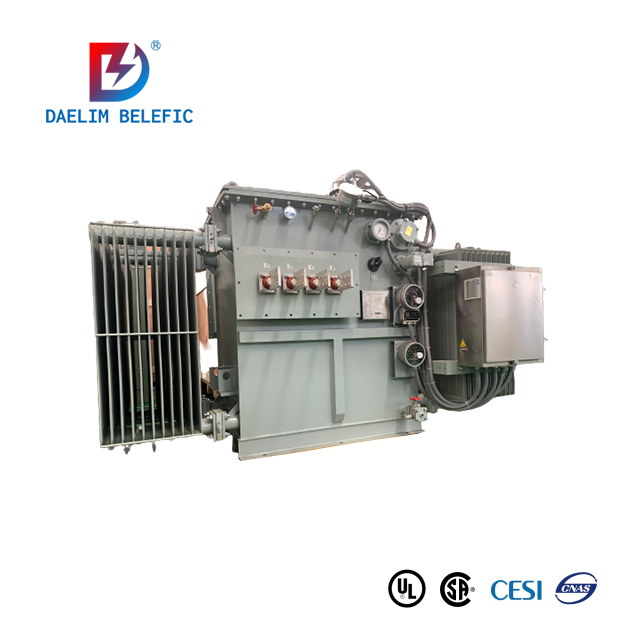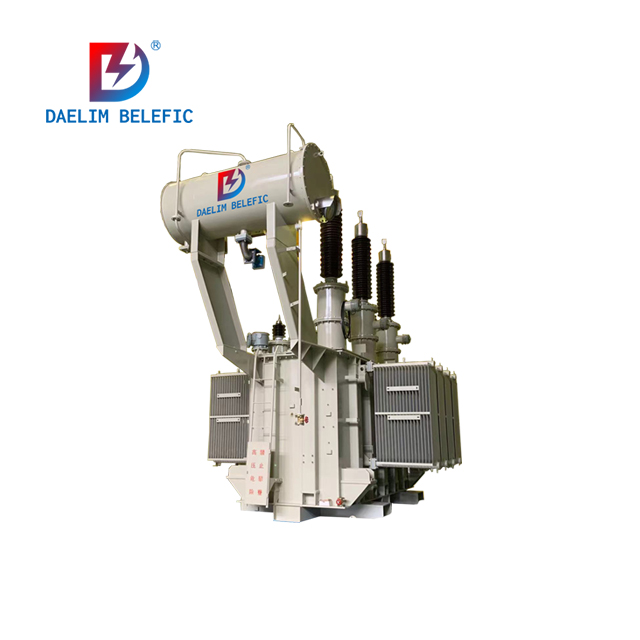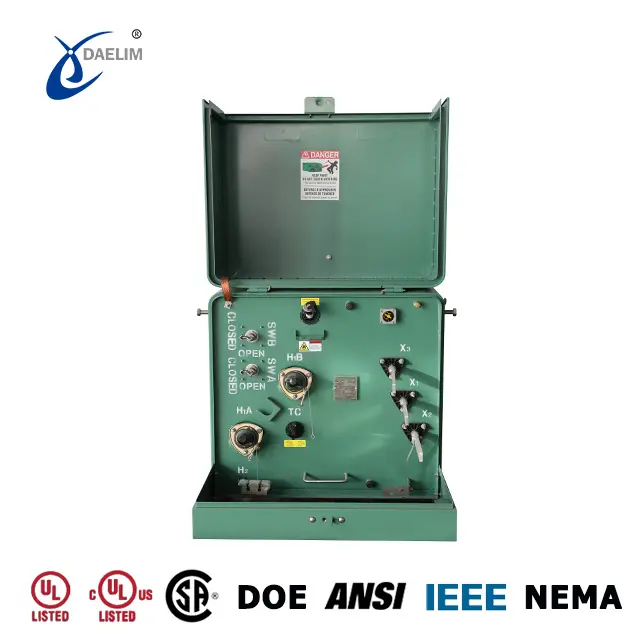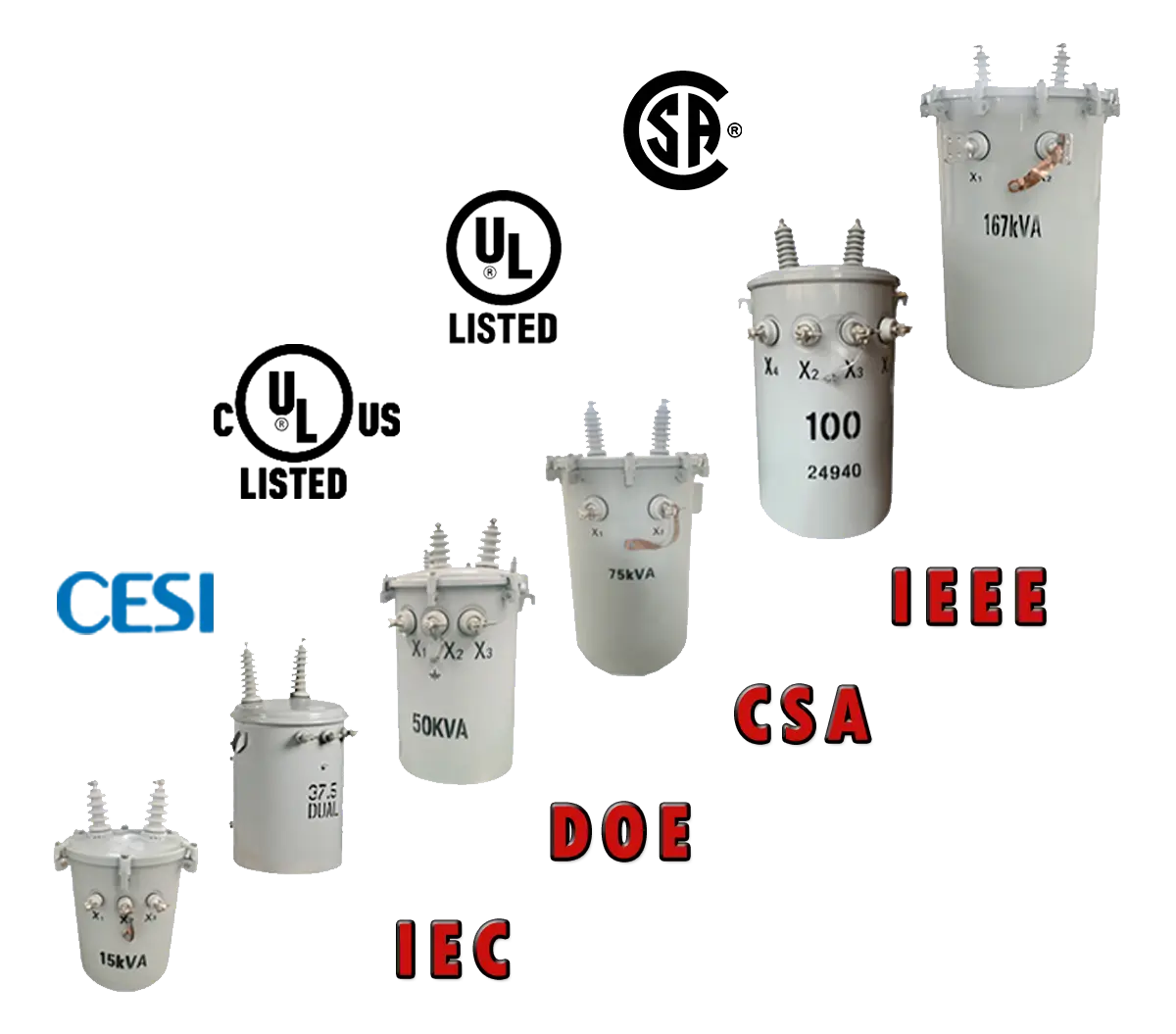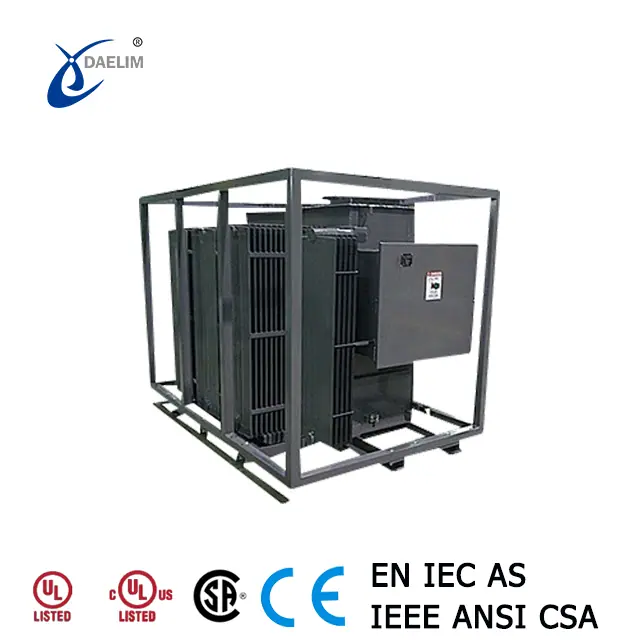How to Purify Transformer Oil ?
Purpose of Oil Purification
Oil purification is essential to ensure the quality of both new and in-service oil. It removes water, enhancing the insulation strength of insulating oil and the anti-emulsification properties of turbine oil, thereby reducing the deterioration rate of oil quality. Additionally, oil purification eliminates mechanical impurities and sludge sediments formed after oil deterioration. This helps avoid potential heat dissipation issues caused by oil system blockages and prevents mechanical impurities from damaging the equipment.
Oil Purification Methods
Oil pretreatment methods are generally categorized into three types: sedimentation, filtration (pressure and vacuum types), and centrifugal separation.
Sedimentation Method
The sedimentation method, also known as gravity sedimentation, utilizes the principle that solid and liquid particles in a turbid liquid settle under gravity. This method removes impurities and water from the oil. While simple and easy to implement, requiring minimal equipment, it is not thorough. It can only remove most of the water and naturally settling impurities. Therefore, sedimentation is typically used as a pretreatment step, reducing the time and cost for subsequent purification processes.
Centrifugal Method
The centrifugal separation method exploits the different densities of oil, water, and impurities, generating different centrifugal forces when rotating in a centrifuge for separation and purification. The lighter oil collects at the center of the rotating drum, while denser water and solid impurities are thrown to the outer layers. This method is efficient, particularly effective for oils with higher water and impurity content, such as slag and carbon particles. However, it is only suitable for removing impurities with densities higher than that of the oil.
Pressure Filtration Method
The pressure filtration method uses a pressure filter, often referred to as a frame plate oil filter, which employs the pressure from a gear oil pump to force oil through filter paper. This paper removes water, fine impurities, and water-soluble acidic substances, purifying the oil. Key considerations for using a pressure oil filter include:
Dry the filter paper before use to enhance its water absorption capacity.
For oil containing significant water and impurities, use sedimentation or centrifugal methods before pressure filtration.
Avoid introducing filter paper fibers into the oil; initially, circulate the filtered oil back to the oil pump inlet for 5 to 10 minutes.
To improve filtration speed and efficiency, heat the oil to 40-45°C.
Vacuum Filtration Method
The vacuum filtration method utilizes a vacuum oil filter, where oil is atomized under high vacuum and moderate temperature to remove trace water and gases. This method also employs a filter to eliminate solid impurities, offering a more economical and efficient alternative to pressure filtration. Vacuum filtration achieves a high degree of purification, removing trace moisture, enhancing the insulating oil’s strength, and reducing oil consumption. It can also restore the flash point of transformer oil that has degraded due to faults, thus maintaining its safety and performance.
By employing these methods, transformer oil can be effectively purified, ensuring optimal performance and longevity of the equipment.
More resources:
Transformer Oil Uses and Requirements
What is the difference between the mineral oil and vegetable oil?
How to analysis of gases and check oil level in transformer?

